This virology tutorial talks about the replication of double stranded RNA viruses and the mechanism of protein synthesis after entering inside the host cellThe doublestranded form of ssDNA viruses may be produced either directly after entry into a cell or as a consequence of replication of the viral genome Eukaryotic ssDNA · Singlestranded (ss)DNA viruses are extremely widespread, infect diverse hosts from all three domains of life and include important pathogens Most ssDNA viruses

Replication Review Of Medical Microbiology And Immunology 13th Edition
How do dsdna viruses replicate
How do dsdna viruses replicate- · Negative strand RNA viruses have a unique mechanism of replication Their genome is a single strand RNA that has to be transcribed as soon as the virus enters the host in order to carry out viral replication As a result, a viralspecific RNA polymerase is packaged in the virion and is ready for transcription after virus entry This novel replication mechanism dictates the · A DNA virus is a virus that has DNA as its genetic material and replicates using a DNAdependent DNA polymerase The nucleic acid is usually doublestranded DNA but may also be singlestranded DNA The DNA of DNA viruses is transcribed into mRNA by the host cell The viral mRNA is then translated into viral proteins


Viruses
Doublestranded RNA (dsRNA) longer than 30 bp is a key activator of the innate immune response against viral infections It is widely assumed that the generation of dsRNA during genome replication is a trait shared by all viruses However, to our knowledge, no study exists in which the production of Doublestranded RNA is produced by positivestrand RNA viruses and DNA viruses · Background Viruses strongly influence microbial population dynamics and ecosystem functions However, our ability to quantitatively evaluate those viral impacts is limited to the few cultivated viruses and doublestranded DNA (dsDNA) viral genomes captured in quantitative viral metagenomes (viromes) This leaves the ecology of nondsDNA viruses nearly unknown, including singlestranded DNAA Double Stranded DNA Viruses Which Replicate in Nucleus (eg, papovaviruses, papillomaviruses, adenoviruses, herpesviruses) Figure 10, p 109 from Fields Virology 1 Sequential, ordered rounds of mRNA and protein production regulate replication 2 Structural proteins produced during last cycle of transcription 9 B Double Stranded DNA Viruses Which Replicate
The hepatitis B virus (HBV) is a small DNA virus with unusual features similar to retroviruses 1, 2 It is a prototype virus of the Hepadnaviridae family Related viruses are found in woodchucks, ground squirrels, tree squirrels, Peking ducks, and herons Based on sequence comparison, HBV is classified into eight genotypes, A to H Each genotype has a distinct geographic distribution · Doublestranded RNA viruses The virion (genomic) RNA is double stranded and so cannot function as mRNA;Circular double stranded DNA linear single stranded RNA circular single stranded RNA double stranded RNA single stranded DNA all of the above are found in viruses How do viruses transport substances across their membrane active transport facillitated diffusion endocytosis pinnocytosis group translocation simple diffusion all of the above none of the above Viruses can
The mode of replication of the L doublestranded RNA (dsRNA) present in viruslike particles in Saccharomyces cerevisiae was examined by density transfer experiments After transfer to light medium, significant amounts of fully heavy dsRNA persisted over a number of cell doublings In addition, very little material of hybrid density was ever formed, and the accumulation of fully lightThis deletion mutant, however, was shown to replicate with a similar efficiency as wildtype RCMV (wt RCMV), both in vitro and in vivo Taken together, it is concluded that the RCMV r127 gene encodes a nuclear protein with single and doublestranded DNAbinding activity that is dispensable for virus replication, not only in vitro, but also during the acute phase of infection in · This differs from the replication of doublestranded DNA and RNA viruses, where empty capsids are made first and later filled by the genome The close relationship between replication of the viral


Replication Of Viruses



The Viruses General Microbiology
Double stranded DNA (dsDNA) ‐Cells have no RNA‐dependent RNA polymerase to replicate the genomes of RNA viruses, or to make mRNA from RNA ‐RNA virus genomes encode novel RNA dependent RNA polymerases · Biological mutation rates summarized from fastest to slowest Viroid (RNA elements that cause some plant disease without encoding any genes), viruses (RNA shown as Ebola, singlestranded DNA shown as an icosohedron, and doublestranded DNA shown as a myophage), prokaryotes (rodshaped bacteria), and eukaryotes (rodent) · The doublestranded conformation of cellular DNA is a central aspect of DNA stabilisation and protection The helix preserves the genetic code against chemical and enzymatic degradation, metabolic activation, and formation of secondary structures However, there are various instances where singlestranded DNA is exposed, such as during replication or
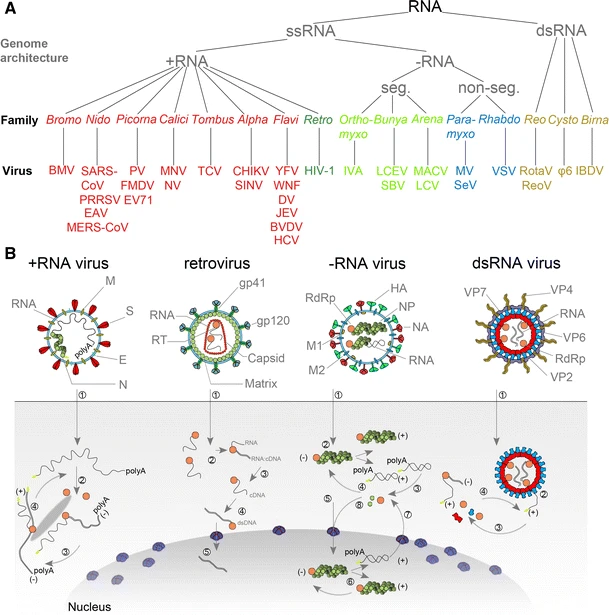


Rna Virus Wikipedia
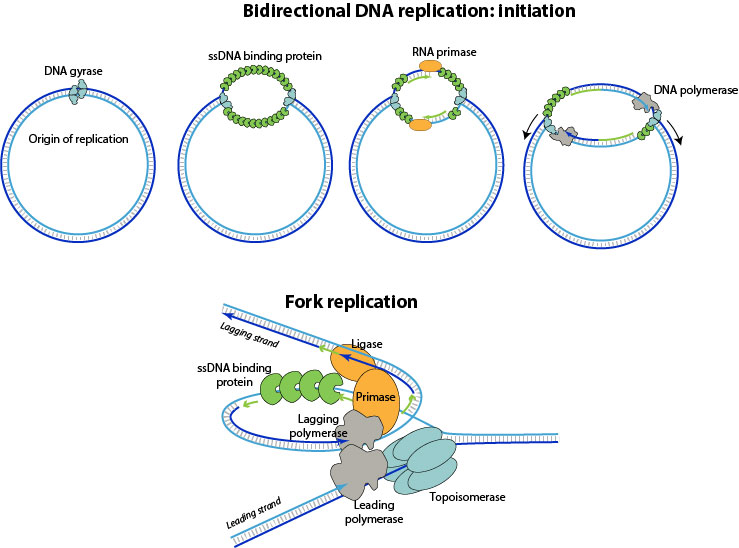


Dsdna Fork Replication Viralzone
Some DNA viruses can also enter the host cell through receptormediated endocytosis 3 Uncoating The viral capsid is removed and degraded by viral enzymes or host enzymes releasing the viral genomic nucleic acid 4 Replication After the viral genome has been uncoated, transcription or translation of the viral genome is initiated It is this stage of viral replication that · In the former case, a DNA strand that is complementary to the viral genome must be manufactured first, forming a doublestranded replicative form (RF) This can be used to both manufacture viral proteins and as a template for viral genome copies · Parvoviruses are very small (between 18 and 25 nm in diameter), nonenveloped, singlestranded DNA viruses with an icosahedral capsid DNA replication of these viruses occurs in the nucleus, and
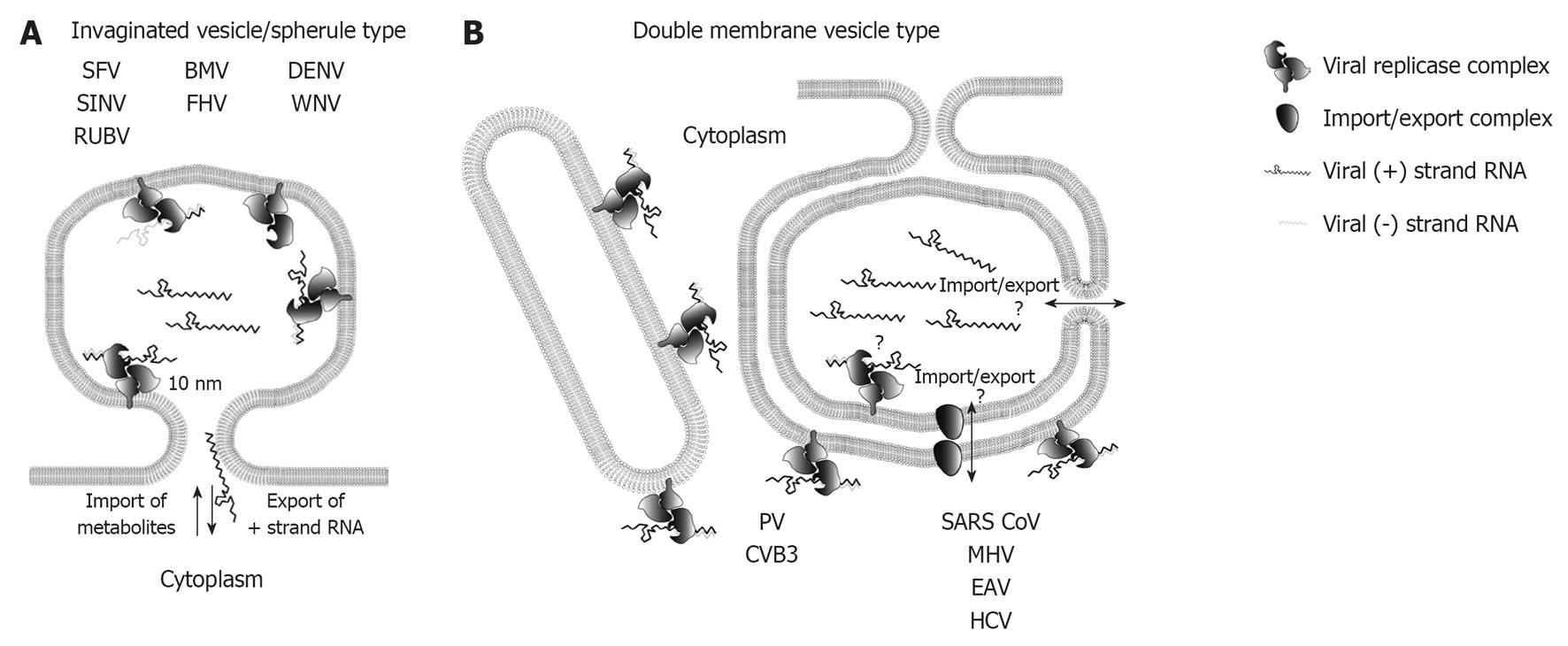


Architecture And Biogenesis Of Plus Strand Rna Virus Replication Factories



Human Nlrp1 Is A Sensor For Double Stranded Rna Science
· Doublestranded DNA viruses usually must enter the host nucleus before they are able to replicate Some of these viruses require host cell polymerases to replicate their genome, while others, such as adenoviruses or herpes viruses, encode their own replication factorsDoublestranded RNA viruses (dsRNA viruses) are a polyphyletic group of viruses that have doublestranded genomes made of ribonucleic acidThe doublestranded genome is used to transcribe a positivestrand RNA by the viral RNAdependent RNA polymerase (RdRp) The positivestrand RNA may be used as messenger RNA (mRNA) which can be translated into viralThe ASFV doublestranded DNA genome varies in length from about 170 to 193 kbp depending on the isolate and contains between 150 and 167 open reading frames These are African swine fever virus replication and genomics Virus Res 13 Apr;173(1)314 doi /jvirusres Epub 12 Nov 8 Authors Linda K Dixon 1 , David A G Chapman,
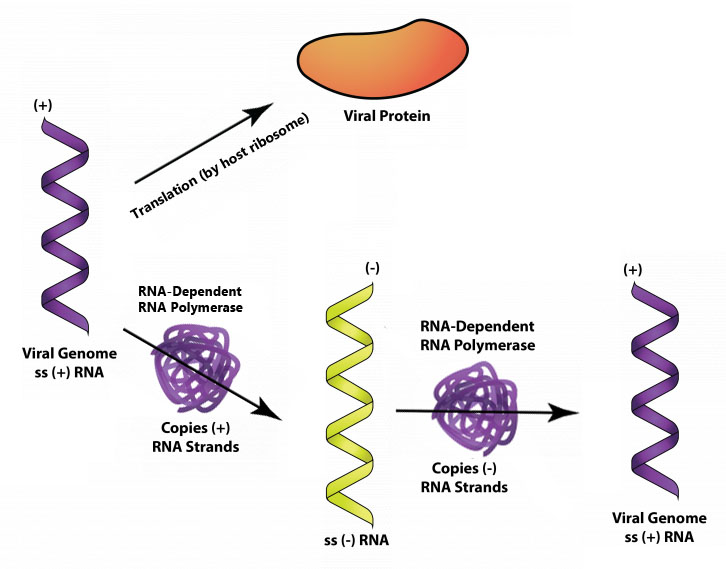


The Viruses General Microbiology
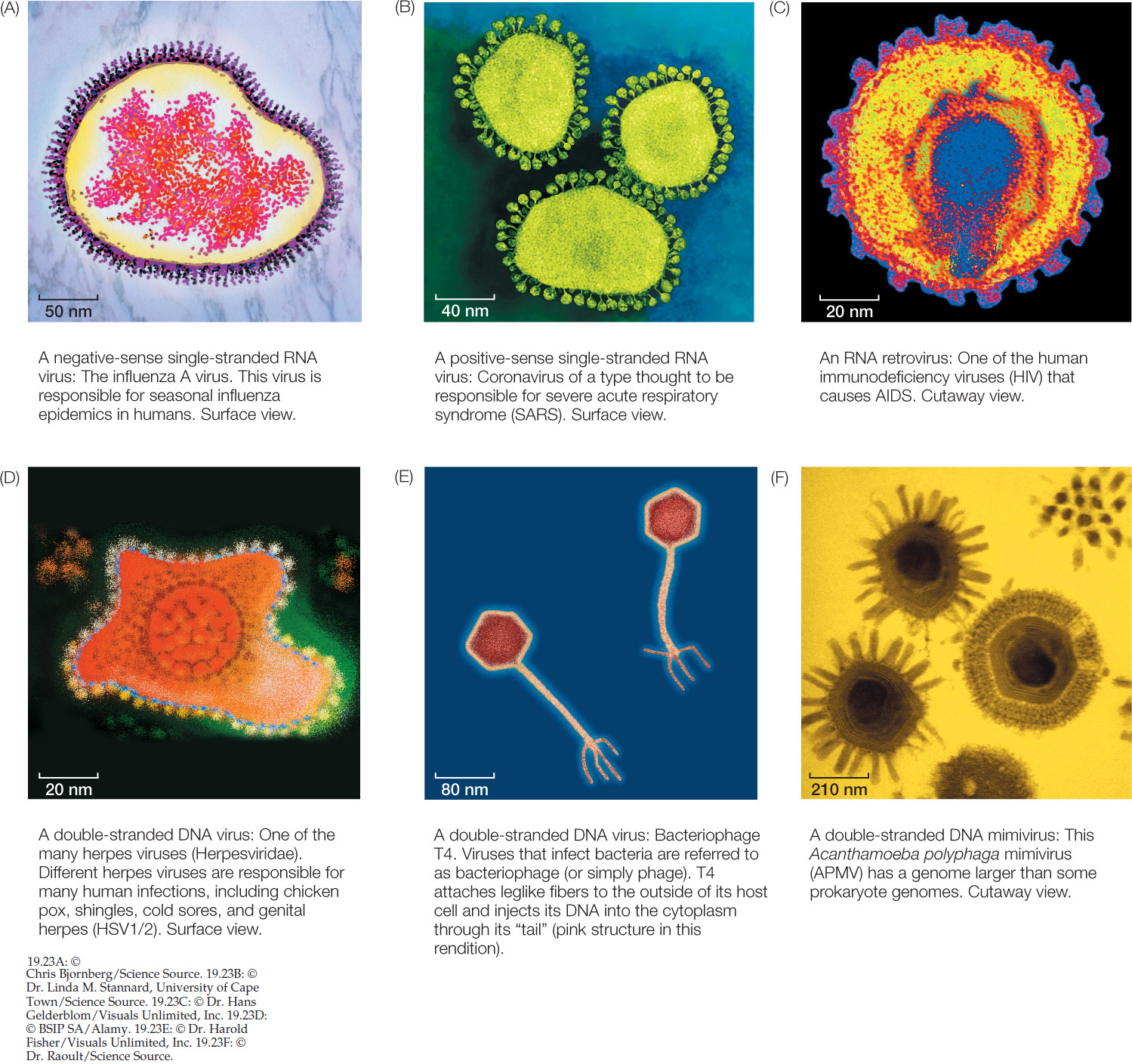


Hillis2e Ch19
The doublestranded TTV DNAs in liver tissues represent replicative intermediates These results were in agreement with the previous observation that TTV DNA in plasma is digested with mung bean nuclease that has a specificity for the singlestranded DNA (21) Circular structure of TTV DNA in serum and liver tissuesThe Herpesviridae are a large family of doublestranded DNA viruses responsible for many human and veterinary diseases Although members of this family differ in tissue tropism and many aspects of their interactions with their hosts, the mechanisms by which they replicate their DNA during productive ("lytic") infection are largely conservedThus these viruses also need to package an RNA polymerase to make their mRNA after infection of the host cell Example rotaviruses (belong to reovirus family) RNA viruses that copy their RNA to DNA These are the retroviruses In this case, their virion RNA, although plussense, does



Replication And Expression Strategies Of Viruses Abstract Europe Pmc



Replication Strategies Of Different Kinds Of Rna Viruses Are Shown A Download Scientific Diagram
During RNA viruses's replication, doublestranded RNA (dsRNA) is normally produced and induce host innate immune response Most of gene activation due cytokine mediated but which are due to methylation mediated is still unknown In the study, DNA methylome was integrated with our previous transcriptome data to investigate the differentially methylated regions and genes using · The structure of these viruses consists of a relatively large doublestranded, linear DNA genome encased within an icosahedral protein cage called the capsid, which is wrapped in a lipid bilayer called the envelope The envelope is joined to the capsid by means of a tegument This complete particle is known as the virion · Indeed, poxviruses are DNA viruses that replicate entirely in host cell cytoplasm Choice B Cytomegalovirus is a member of family Herpesviridae It is an enveloped virus with an icosahedral nucleocapsid that contains a doublestranded linear DNA genome, and thus replicates in the nucleus Choice C The exception to the rule regarding RNA


How Long Does It Take Cells To Copy Their Genomes


Visual Based Explanation Of Genomic Replication Of Viruses Docsity
Replication occurs in host cytoplasm and converts ssmRNA to dsgenomic RNA But dsRNA is a kind of molecule that cells do not produce, and eukaryotic hosts have various antiviral systems that detect and inactivate dsRNA To circumvent this defenses, many dsRNA viruses are replicating their RNA inside icosahedral capsids The RNA polymerasesThe activation of ataxia telangiectasiamutated (ATM) kinase is central to DNA doublestrand break (DSB) for maintaining hostgenome integrity in ma ATMmediated DNA doublestrand break response facilitated oncolytic Newcastle disease virus replication and promoted syncytium formation in tumor cells PLoS Pathog Jun 1;16(6)e doiDNA replication Stage one The DNA is unwound and unzipped The helix structure is unwound Special molecules break the weak hydrogen bonds between bases, which are holding the two strands together
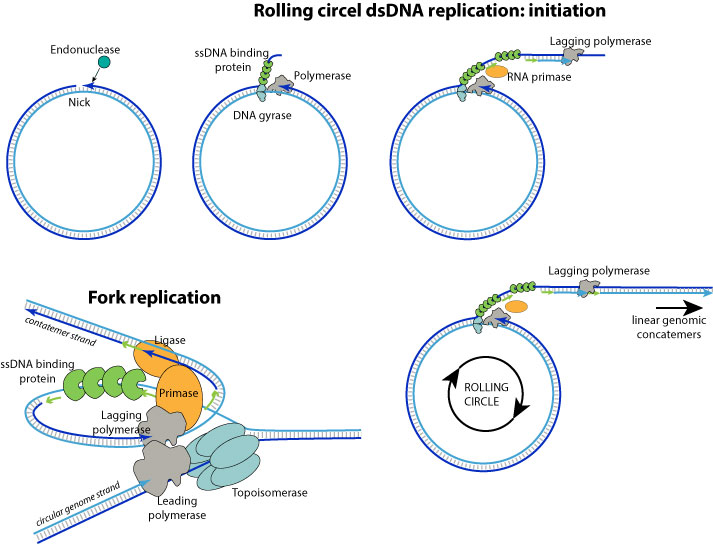


Dsdna Rolling Circle Viralzone



Viruses Viroids And Prions Ppt Download
The Herpesviridae are a large family of doublestranded DNA viruses responsible for many human and veterinary diseases Although members of this family differ in tissue tropism and many aspects of their interactions with their hosts, the mechanisms by which they replicate their DNA during productive ("lytic") infection are largely conserved The molecular mechanisms involvedReverse transcriptase, also called RNAdirected DNA polymerase, an enzyme encoded from the genetic material of retroviruses that catalyzes the transcription of retrovirus RNA (ribonucleic acid) into DNA (deoxyribonucleic acid) This catalyzed transcription is the reverse process of normal cellular transcription of DNA into RNA, hence the names reverse transcriptase andGenomic DNA replication is a complex process that involves multiple proteins Cellular DNA replication systems are broadly classified into only two types, bacterial and archaeoeukaryotic In contrast, doublestranded (ds) DNA viruses feature a much broader diversity of DNA replication machineries Viruses differ greatly in both completeness


Biol 230 Lecture Guide Production Of Viral Mrna From A Ssdna Viral Genome
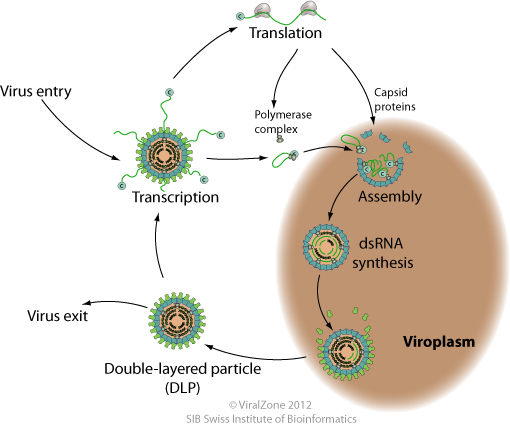


Dsrna Replication Transcription Viralzone
The Positivestrand RNA viruses section of Virology Journal invites submissions of research articles and reviews covering all aspects of positivestrand RNA virus biology Basic research topics of interest include all facets of the viral life cycle from viral attachment and entry, viral RNA replication and translation, viral gene expression/regulation, viral protein processing, viral · Adenoviruses are mediumsized (90–100 nm), nonenveloped, icosahedral viruses composed of a nucleocapsid and a linear doublestranded DNA (dsDNA) genome There are 57 described serotypes in humans, which are responsible for 5–10% of upper respiratory infections in children, and many infections in adults as well Adenoviruses bind cell surface receptors on hostRNA polymerase and DNA polymerase III then replicate the singlestranded origin (SSO) DNA to make another doublestranded circle DNA polymerase I removes the primer, replacing it with DNA, and DNA ligase joins the ends to make another molecule of doublestranded circular DNA As a summary, a typical DNA rolling circle replication has five steps


Title
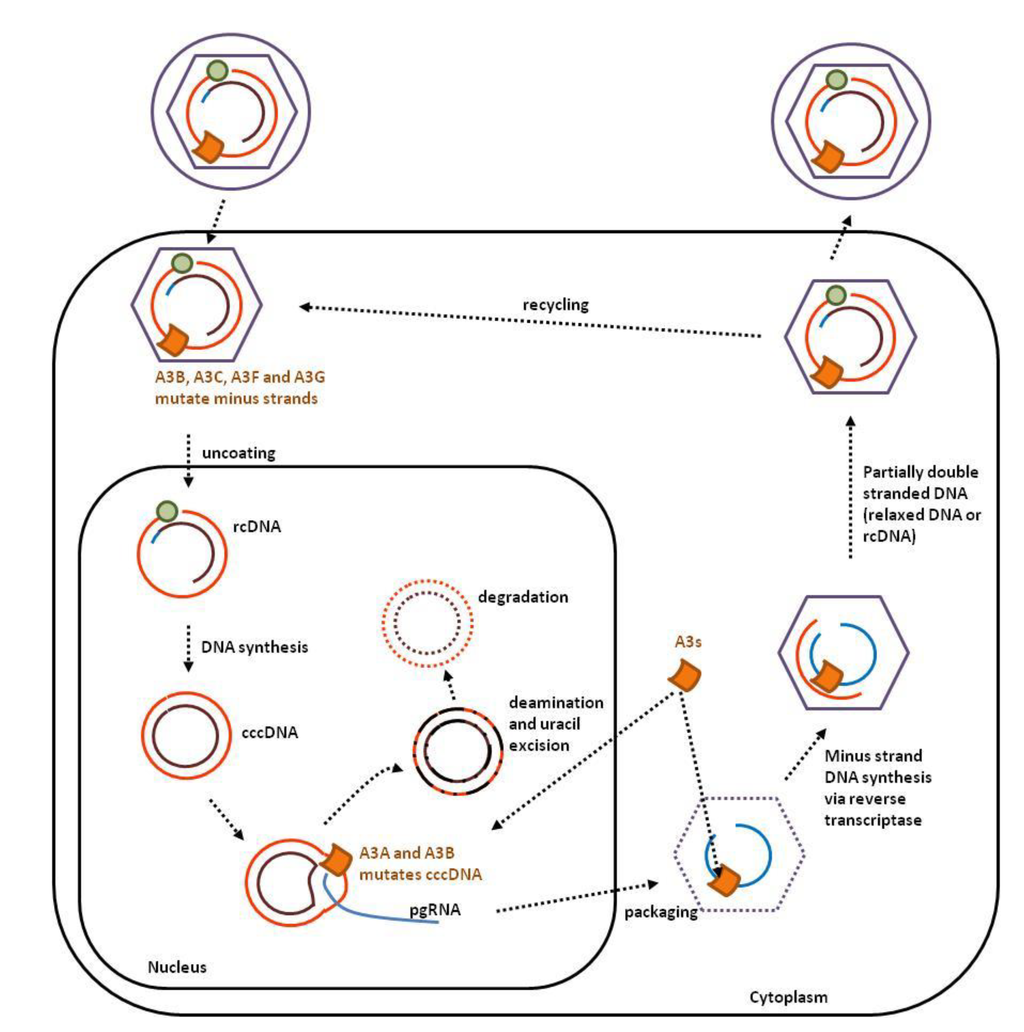


Viruses Special Issue Viral Replication Complexes Structures Functions Applications And Inhibitors
· Positivestrand RNA virus Also known as a sensestrand RNA virus, a virus whose genetic information consists of a single strand of RNA that is the positive (or sense) strand which encodes mRNA (messenger RNA) and protein Replication in positivestrand RNA viruses is via a negativestrand intermediate Examples of positivestrand RNA viruses include polio virus, Coxsackie virusHIV is a retrovirus Retroviruses are distinguished from other types of viruses by two key steps in the replication cycle reverse transcription and integration After HIV infects a host cell, reverse transcription results in the production of a doublestranded DNA copy of the singlestranded HIV RNA genome Integration results in the insertionMost doublestranded DNA viruses replicate within the host cell nucleus Learning Objectives Differentiate the ways which different classes of dsDNA viruses replicate Key Takeaways Key Points From the perspective of the virus, the purpose of viral replication is to allow production and survival of its kind Most doublestranded DNA viruses replicate within



22 The Viruses Biology Libretexts


Dna Viruses In Eukaryotes Boundless Microbiology
· For example, doublestranded DNA viruses typically must enter the host cell's nucleus before they can replicate Singlestranded RNA viruses however, replicate mainly in the host cell's cytoplasm Once a virus infects its host and the viral progeny components are produced by the host's cellular machinery, the assembly of the viral capsid is a nonenzymatic processThe DNA is unwound and unzipped the helix structure is unwound special molecules break the weak hydrogen bonds between bases, which are holding the two strands · DNA viruses are mostly doublestranded while RNA viruses are singlestranded RNA mutation rate is higher than the DNA mutation rate DNA replication takes place in the nucleus while RNA replication takes place in the cytoplasm DNA viruses are



22 The Viruses Biology Libretexts
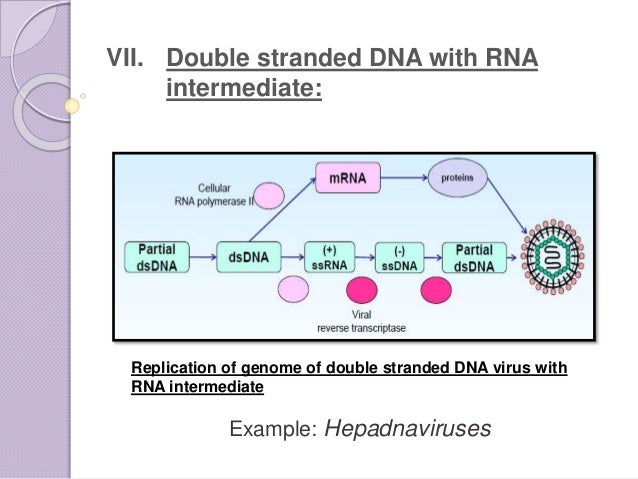


Viral Replication
· Unlike cells, viruses can use either DNA or RNA as their genetic material and can have all possible combinations of strandedness and nucleic acid type (doublestranded DNA, doublestranded RNA


How Do Rna Viruses Replicate Quora



Dna Viruses In Eukaryotes Boundless Microbiology



Viral Replication Wikipedia



Dna Viruses An Overview Sciencedirect Topics



22 The Viruses Biology Libretexts


Is The Genetic Material Rna In Hiv Single Stranded Or Double Stranded Quora


Dna Virus Replication



Virus Replication Advanced Ck 12 Foundation
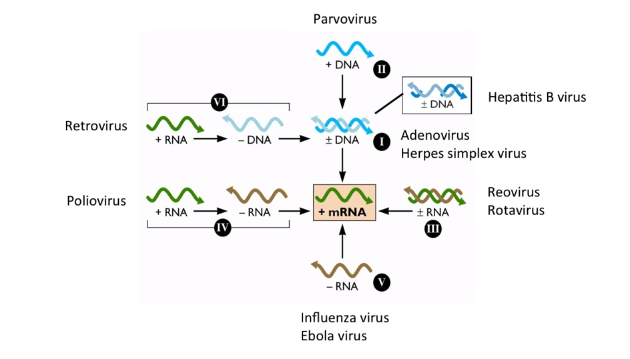


Baltimore System Of Classifications Of Viruses Microbe Online


Viruses


Viral Activators Of The Inflammasome Dna And Rna Viruses Carry Viral Download Scientific Diagram



Replication Of Rna Viruses Video Lesson Transcript Study Com


Title



Double Stranded Dna Virus An Overview Sciencedirect Topics



Replication Review Of Medical Microbiology And Immunology 13th Edition
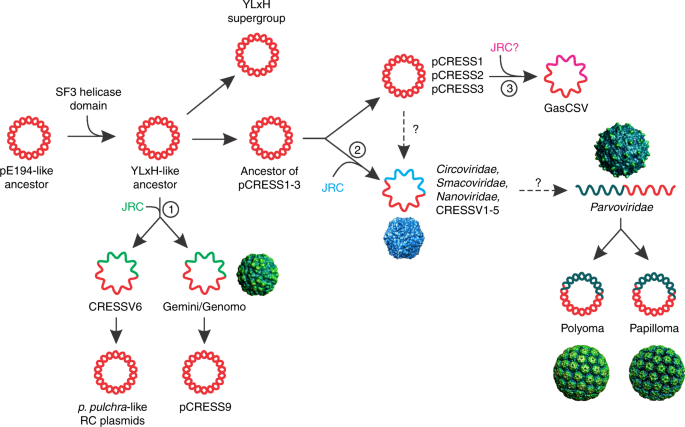


Multiple Origins Of Prokaryotic And Eukaryotic Single Stranded Dna Viruses From Bacterial And Archaeal Plasmids Nature Communications



Baltimore Classification Wikipedia



Dna Viruses In Eukaryotes Boundless Microbiology
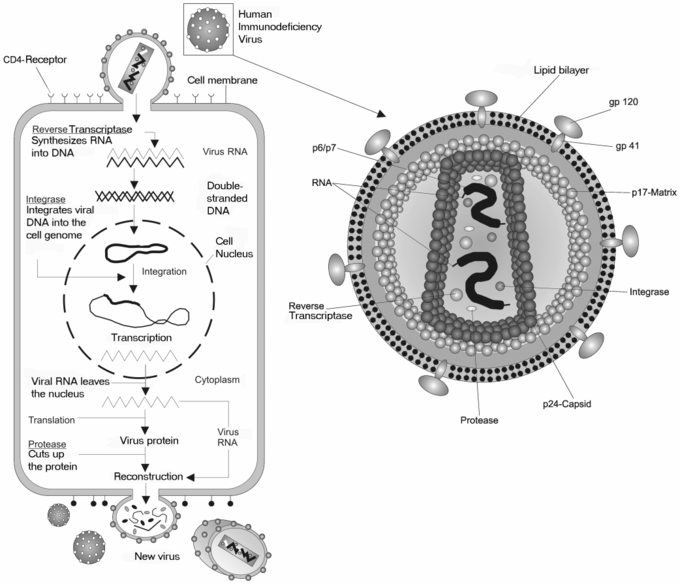


Retroviruses Double Stranded Rna Viruses Boundless Microbiology



A Tripartite Ssdna Mycovirus From A Plant Pathogenic Fungus Is Infectious As Cloned Dna And Purified Virions Science Advances



Press Releases Jamstec



Hepadnaviridae Hepadnaviridae Reverse Transcribing Dna And Rna Viruses Ictv
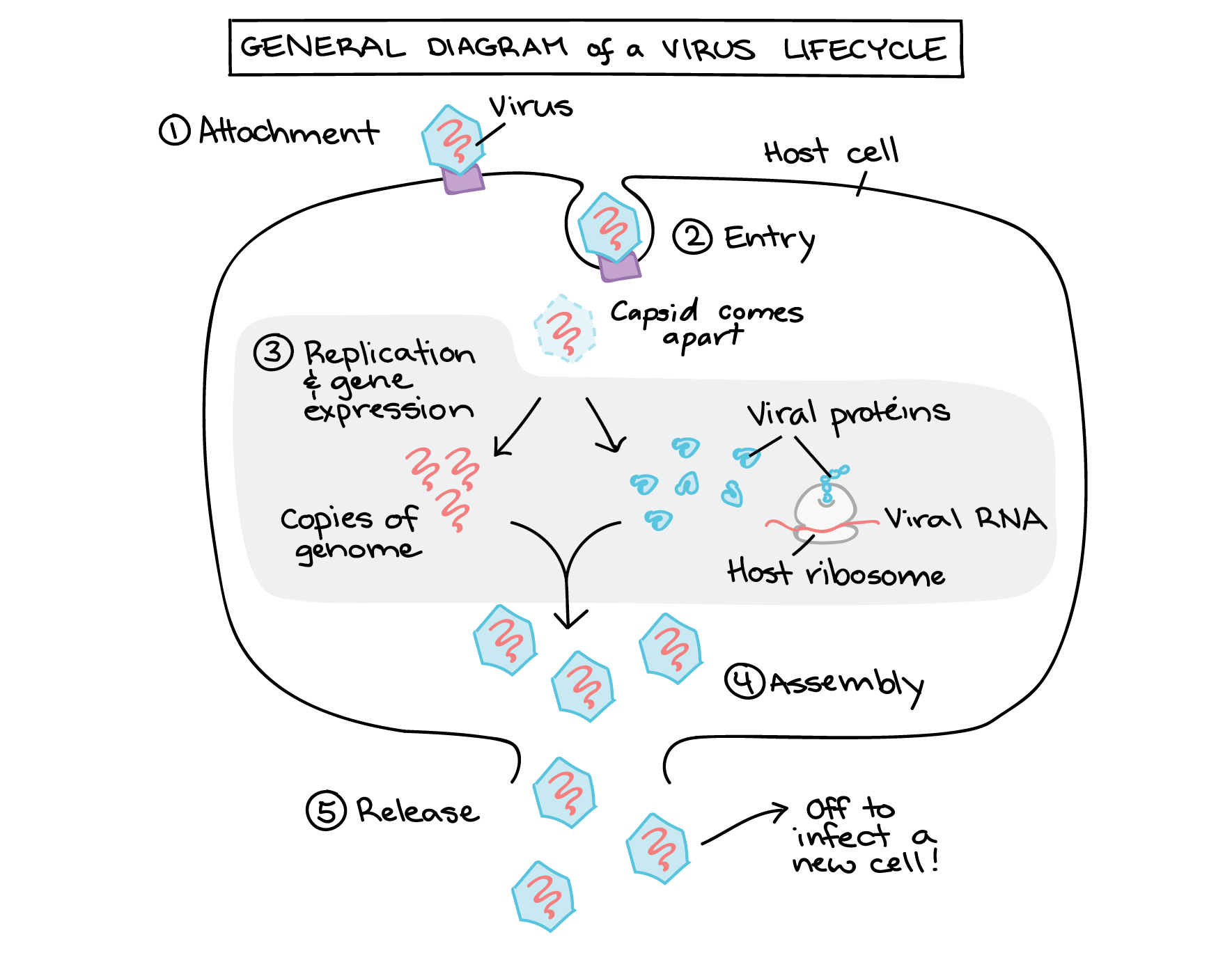


Intro To Viruses Article Khan Academy


Viruses
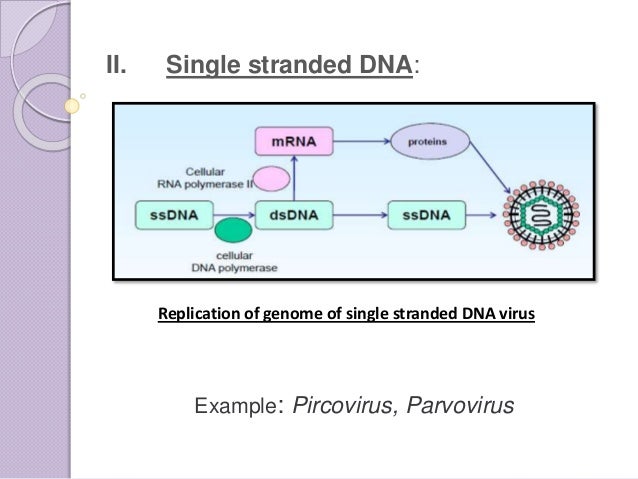


Viral Replication
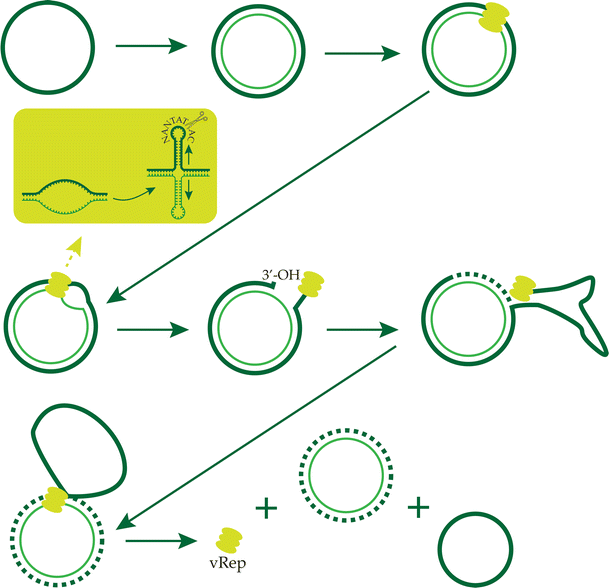


A Field Guide To Eukaryotic Circular Single Stranded Dna Viruses Insights Gained From Metagenomics Springerlink



Origins Of Membrane Vesicles Generated During Replication Of Positive Strand Rna Viruses Future Virology
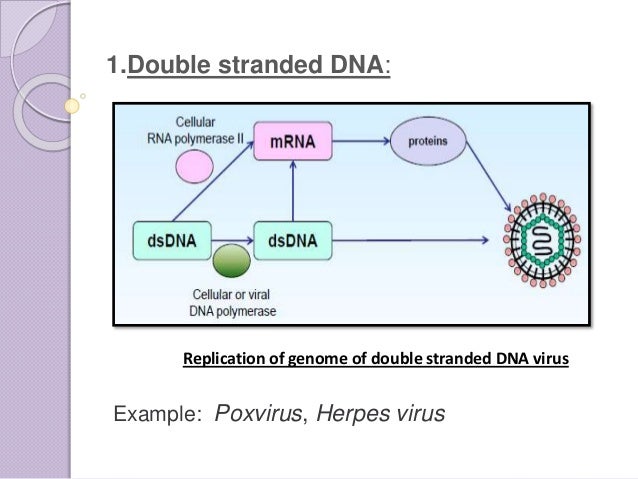


Viral Replication



Viral And Cellular Interactions During Adenovirus Dna Replication Charman 19 Febs Letters Wiley Online Library



Viral Replication Boundless Microbiology



Discovery Of Several Thousand Highly Diverse Circular Dna Viruses Elife



Dna And Rna Replication



Replication Strategies Of Plus And Minus Strand Rna Viruses A The Download Scientific Diagram



10 Replication Of Dsrna Virus Youtube
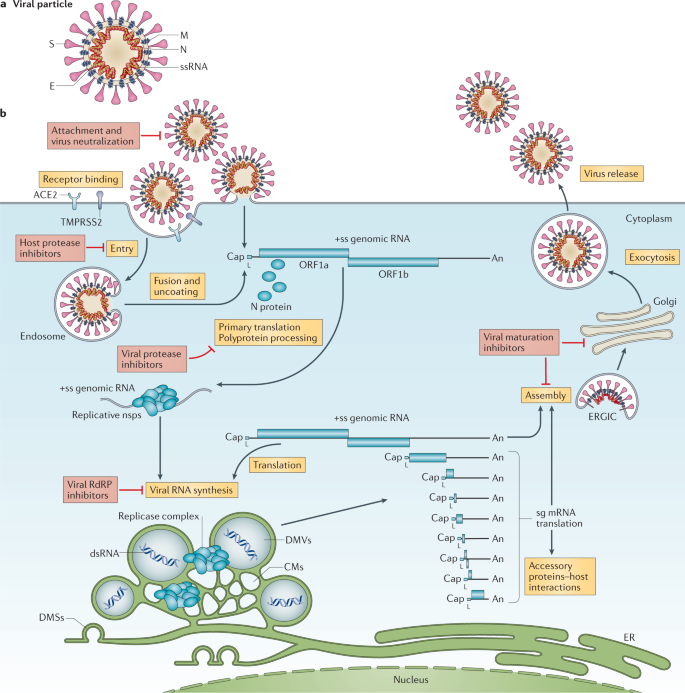


Coronavirus Biology And Replication Implications For Sars Cov 2 Nature Reviews Microbiology



Viruses Sketchy First Aid Etc Flashcards Quizlet


Replication Of Viruses
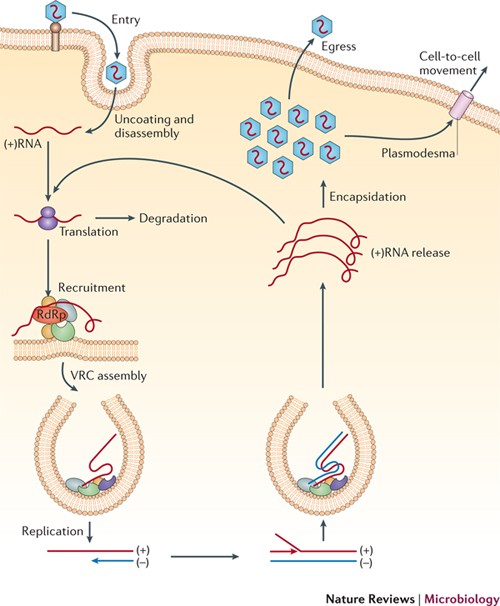


The Dependence Of Viral Rna Replication On Co Opted Host Factors Nature Reviews Microbiology



Viral Replication



22 The Viruses Biology Libretexts



General Virology Amboss
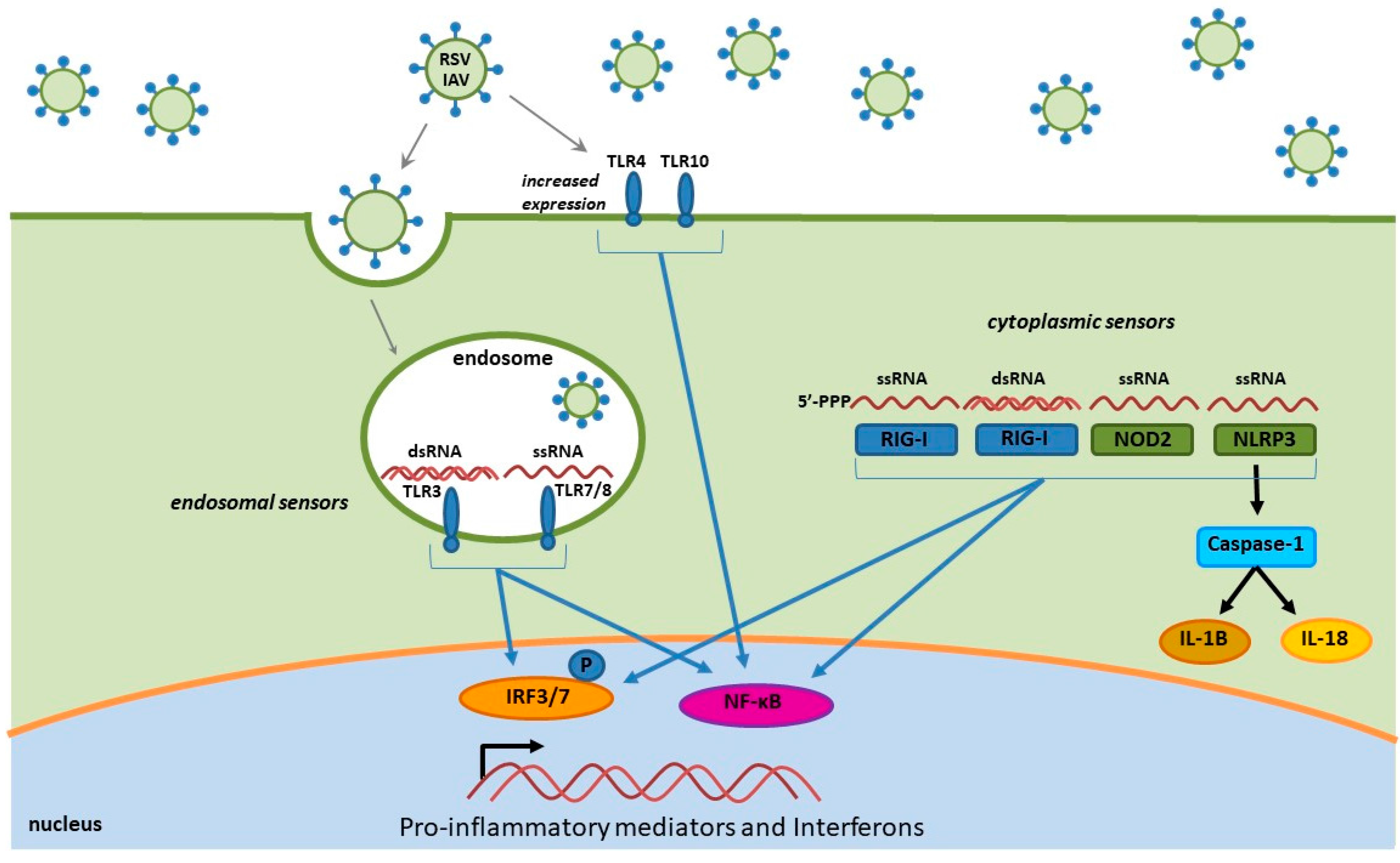


Viruses Free Full Text Verdinexor Targeting Of Crm1 Is A Promising Therapeutic Approach Against Rsv And Influenza Viruses Html



Major Class Of Viruses Reveals Complex Origins



8 Replication Of Positive Stranded Rna Virus Youtube
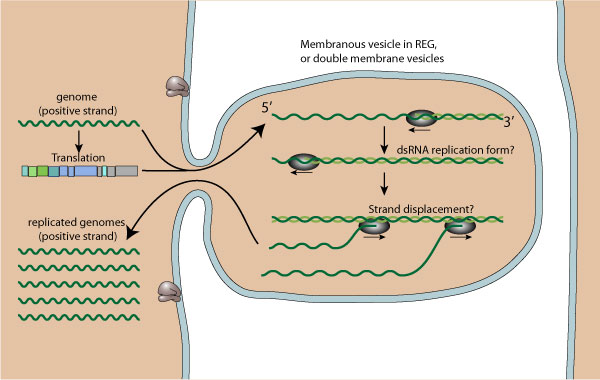


Rna Virus Replication Transcription Viralzone
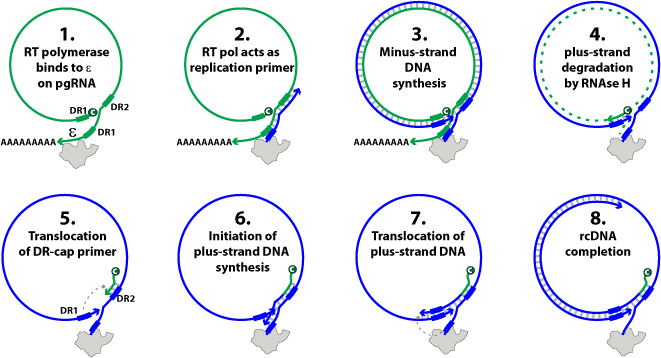


Dsdna Rt Replication Transcription Viralzone



Baltimore Classification Wikipedia
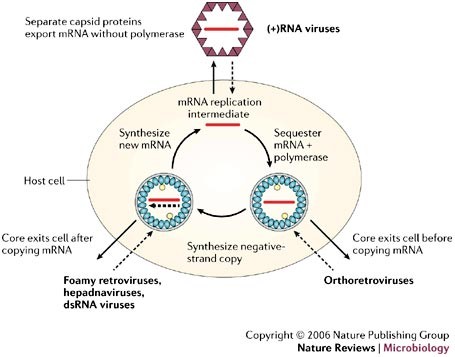


Parallels Among Positive Strand Rna Viruses Reverse Transcribing Viruses And Double Stranded Rna Viruses Nature Reviews Microbiology



Replication Strategies Of Different Kinds Of Rna Viruses Are Shown A Download Scientific Diagram



Biol60 Dna Chromosomes The Nucleus



Baltimore System Of Classifications Of Viruses Microbe Online
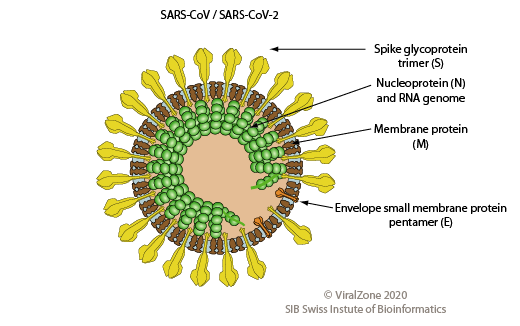


Virus Understanding From Science Perspective By Rajneesh Aggarwal Leadkaro Medium
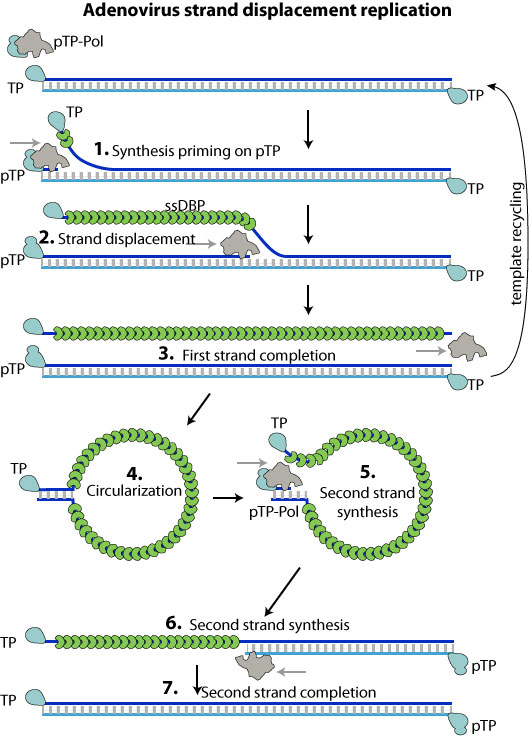


Dna Strand Displacement Replication Viralzone



Virus Genome An Overview Sciencedirect Topics
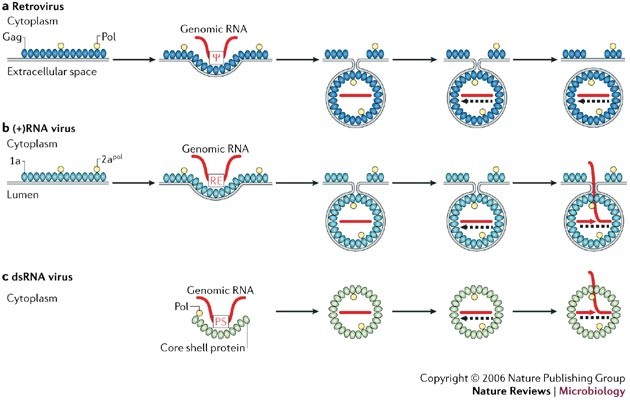


Parallels Among Positive Strand Rna Viruses Reverse Transcribing Viruses And Double Stranded Rna Viruses Nature Reviews Microbiology



Double Stranded Dna Virus An Overview Sciencedirect Topics


Dna Virus Replication



Figure 6 From Parallels Among Positive Strand Rna Viruses Reverse Transcribing Viruses And Double Stranded Rna Viruses Semantic Scholar



Replication Of Rna Virus Youtube



Virus Classification Accessscience From Mcgraw Hill Education



8 Replication Of Dna Rna Viruses Flashcards Quizlet
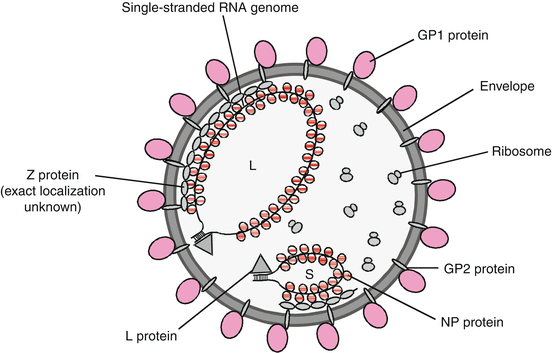


Viruses With Single Stranded Segmented Negative Sense Rna Genomes Springerlink



Viral Replication Scott M Hammer M D Viral
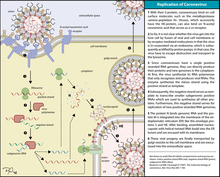


Viral Replication Wikipedia
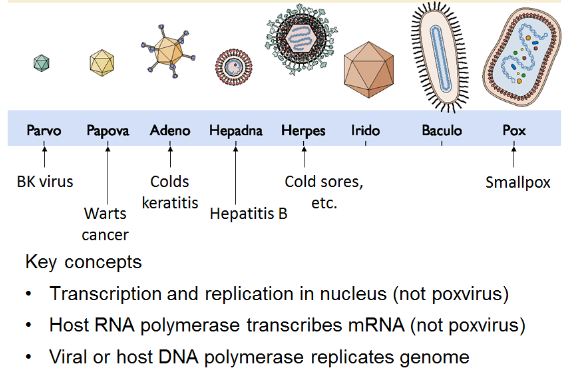


Classification Of Viruses Notes Covering Baltimore Ictv System Readbiology



Section R Bacteriophages And Virusesyang Xu College Of Life Sciences Section R Viruses R1 Introduction To Viruses R2 Bacteriophages R3 Dna Viruses R4 Ppt Download



Replication Of Dna Viruses Youtube



Rna Replication An Overview Sciencedirect Topics
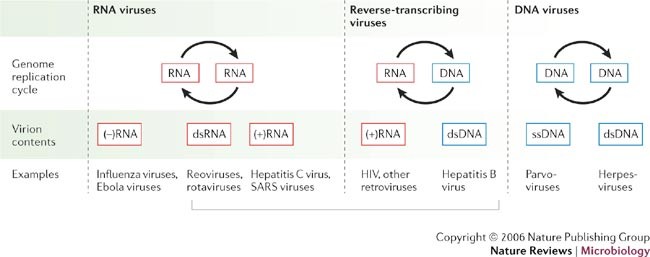


Parallels Among Positive Strand Rna Viruses Reverse Transcribing Viruses And Double Stranded Rna Viruses Nature Reviews Microbiology


Dna Virus Replication



Virus Replication Advanced Ck 12 Foundation


Viruses



Virus Classification Accessscience From Mcgraw Hill Education



Sars Cov 2 Induces Double Stranded Rna Mediated Innate Immune Responses In Respiratory Epithelial Derived Cells And Cardiomyocytes Pnas



0 件のコメント:
コメントを投稿